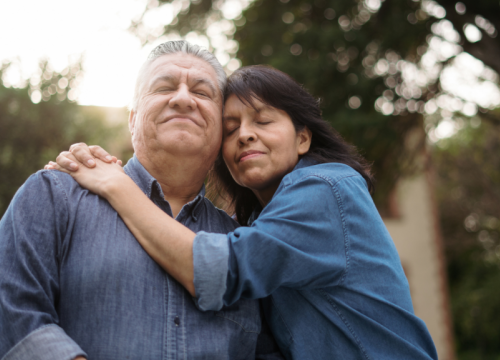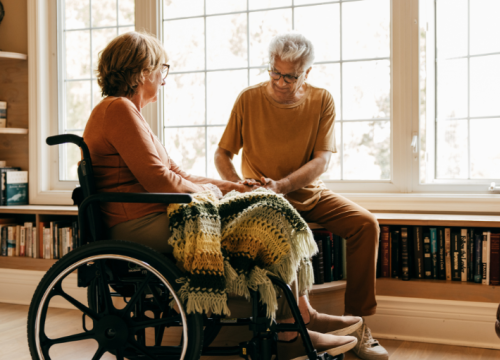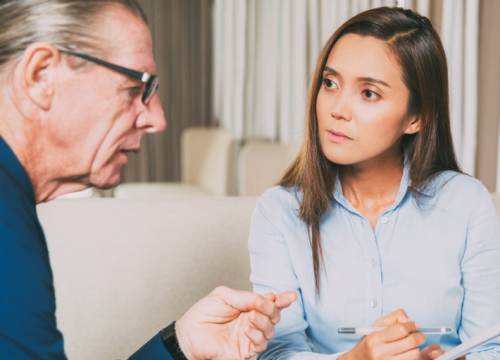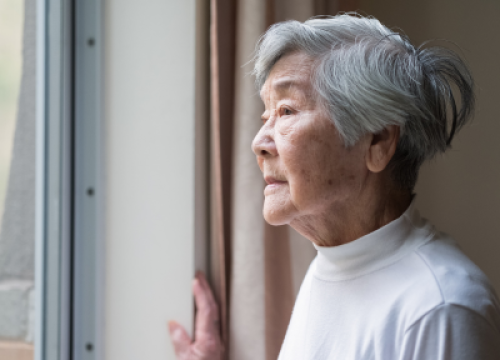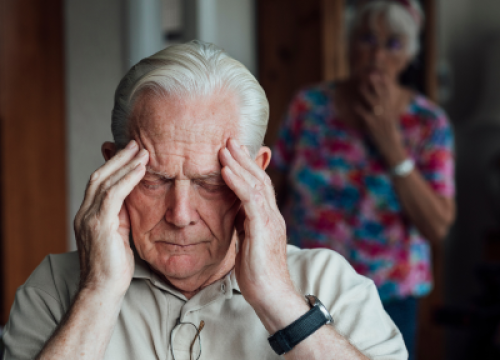Exercise and PD
Exercise is an important part of healthy living for everyone, but for people with Parkinson’s disease (PD), exercise is medicine! Physical activity has been shown to improve many PD symptoms, from balance and mobility issues to depression, constipation and even thinking skills.
In addition, research shows that exercise may have a protective effect on the brain and help slow the progression of the disease. It is also an active way of coping with PD. Establishing early exercise habits is an important component of overall Parkinson’s management.
Benefits of Exercise
Research has shown the following positive impacts of exercise:
- Engaging in any level of physical activity is beneficial and can improve motor symptoms.
- For people with mild to moderate PD, targeted exercises can address specific symptoms. For example: aerobic exercise improves fitness, walking exercises assist with gait and resistance training strengthens muscles. One study showed that twice-a-week tango dancing classes helped people with PD improve movement symptoms, balance and walking speed.
- Aerobic exercise can improve age-related changes in executive function, a type of thinking that is affected in Parkinson’s.
- People who start exercising earlier experience a significant slower decline in quality of life than those who start later.
- People with advanced PD who exercise show greater positive effects on health-related quality of life, so it is particularly important to keep exercising and finding new ways to facilitate exercise as the disease progresses.
Reported benefits of exercise include improvements in the following areas:
- Gait and balance
- Flexibility and posture
- Movement coordination
- Endurance
- Working memory and decision-making
- Attention and concentration
- Quality of sleep
And reductions in the following concerns:
- Falls
- Freezing of gait
- Depression and anxiety
Types of Exercise
There is no one exercise prescription that is right for every person with Parkinson’s. The type of exercise you do depends on your symptoms and challenges. For sedentary people, just getting up and moving is beneficial. More active people can build up to regular, vigorous activity.
Research suggests that people with PD do at least 2.5 hours of exercise every week for a better quality of life.
To help manage the symptoms of PD, be sure your exercise program includes a few key ingredients: aerobic activity, strengthening exercises and stretching. There are many types of exercises you can do to incorporate all three elements, including but not limited to the following:
- Running and walking
- Biking
- Tai chi, yoga, Pilates or dance
- Weight training
- Non-contact boxing
Some exercise programs focus on functional movements – things that are part of daily life, such as walking, standing up or lifting and reaching for objects. Researchers are also studying the impact of novelty: trying something new. When you begin a new activity, your brain – not just your muscles – learns the movements. So be creative, and vary your routine: exercise indoors and outside, by yourself, in a class setting, or one-on-one with a trainer or physical therapist. Just be sure to get guidance from your healthcare team.
If you’re just starting an exercise program, build up to the recommended 30 minutes of exercise five times a week. For example, walk for 10 minutes three times a day instead of one 30-minute walk.
Involving Your Team
Any form of physical exercise you can do without injuring yourself will provide benefit. Even gardening and housework count! Before beginning any new exercise, consult with your physician and, if available, a physical therapist that has experience with Parkinson’s. Check with your physician if you have health concerns that affect your ability to exercise. Seek a physical therapy referral for help planning your exercise program.
Conclusion
Many approaches work well to help maintain and improve mobility, flexibility and balance and to ease non-movement PD symptoms such as depression and constipation. The most important thing is to exercise regularly. To find exercise classes in your area, call the Parkinson’s Foundation Helpline at 1-800-4PD-INFO (1-800-473-4636).
Fitness Tips to Manage PD Symptoms
- Choose an exercise program that you will actually do! Don’t design a great, Parkinson’s-specific program and then skip it because it’s too hard or not fun.
- Follow a varied routine. Perform simple stretches and posture exercises daily, and make sure to include aerobic and strengthening exercises several times per week.
- Keep intensity at a level that feels “somewhat hard” for you. You will get stronger by increasing the difficulty of the exercise.
- Consider joining an exercise class or group. Classes are a good motivation and also provide an opportunity to socialize and receive guidance from trained instructors.
- Try exercise videos or home exercise equipment if it is difficult to get out. Exercise at home can be just as valuable as at a gym or in a class.
- Music can enhance performance by providing rhythm to coordinate movement.
- Be creative with your fitness. Challenge yourself and have fun!
- Consider attending a Moving Day Walk for Parkinson’s in your area to keep moving and strengthen your PD fitness community.



